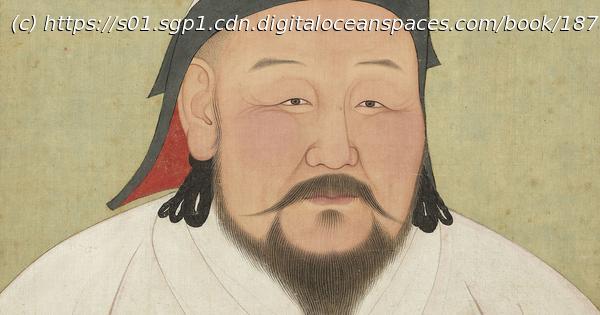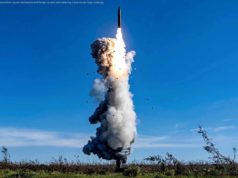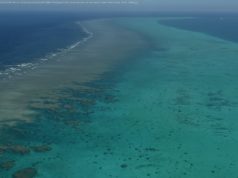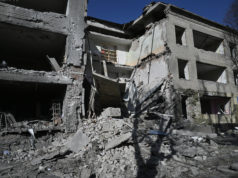An excerpt from ‘The Shortest History of China’, by Linda Jaivin.
Khublai Khan, who Administered the Chinese portion of the Mongol empire, was fortunate to have good advisers and smart enough to listen to them. One of his advisers was his mother, Sorghaghtani Beki (c 1190–1252), of whom a Syriac scholar remarked that should he encounter just one other woman like her, he’d happily pronounce women superior to men. From 1232, she had been in charge of governing parts of northern China, gleaning valuable insights on how to rule a non-nomadic, agricultural people, which she shared with her son.
In 1271, Khublai Khan formally established the Yuán dynasty, using a character (元) that indicated “ultimate origin” in the I Ching. It was the first major dynasty not to be called after its founder’s birthplace. No other non-Han dynasty, including the Jin, had ever ruled over so much territory. The Yuan built its white-walled capital, Khanbalik, near the ruins of the Jin (and former Liao) capital. Apart from a few brief interludes, the site – that of present-day Beijing – would serve as China’s capital ever after.
When Samuel Taylor Coleridge wrote “In Xanadu did Kubla Khan / A stately pleasure-dome decree”, he was referring to Khublai Khan’s “upper capital” Shàngdū, in today’s Inner Mongolia. Liu Bingzhong, who had designed Shangdu, was entrusted with the plan for Khanbalik.
The palace complex, dubbed the Forbidden City, was situated on the city’s central north–south axis so that the emperor on his throne could be the pole star to his court and domain. The throne itself sat within three concentric sets of walls – those of the Forbidden City, the Imperial City (encompassing parklands, workshops supplying the palace with its material needs and noble residences) and the palace with its material needs, and noble residences) and the city itself – symbolic of Heaven, Earth, and Humankind.
The Han capital of Luoyang and the Tang capital of Chang’an had been laid out according to similar principles, but Khanbalik saw their finest expression. Like the Tang, the Yuan was a time of bustling international commerce and exchange. Around 1274 or 1275, the young Venetian Marco Polo, barely out of his teens, arrived in Khanbalik with his merchant father. At the time, Europeans knew China as “Cathay’, from the word “Khitan”. The Venetian marvelled at the city and the Khan’s palace, which he described as “the greatest palace that ever was”, with its marble stairways, gold- and-silver-covered walls and a hall for feasting that could accommodate 6000 guests. He thought it “altogether so vast, so rich, and so beautiful,that no man on earth could design anything superior to it”. He admired Khublai Khan so much that he learned Mongolian and stayed on to serve in the court.
Khublai’s mother was a Nestorian Christian. His wife, Chabi, another astute political adviser (and a fashionista whose hat and robe designs would influence Mongolian costume for centuries), was a devout Buddhist of the Tibetan school.
Start
United States
USA — China History of China: What life was like during the Mongol Yuan dynasty...






